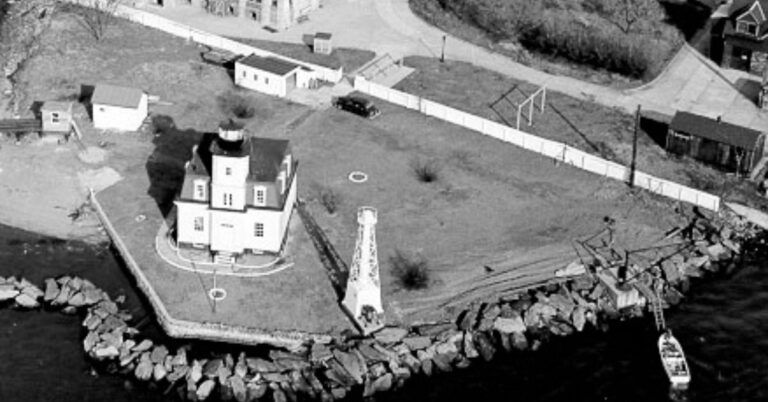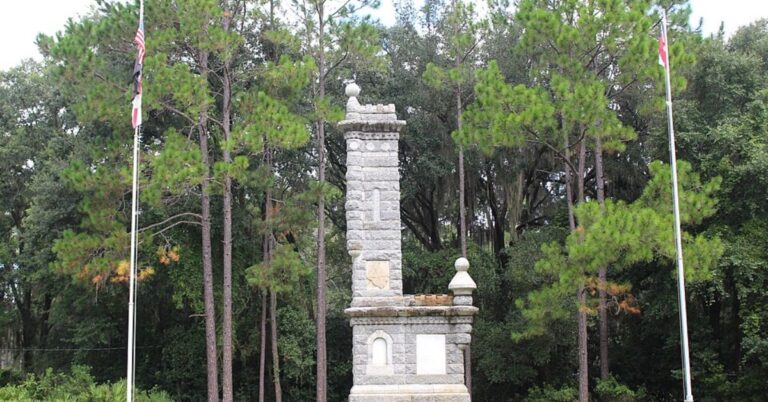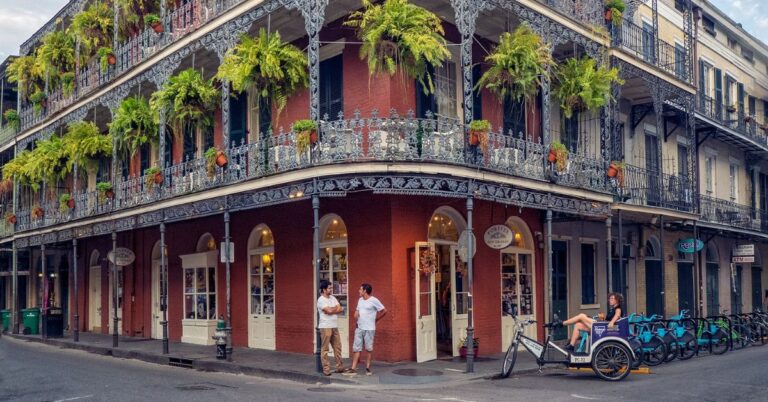15 Well-Preserved Homes That Offer A Glimpse Into U.S. History
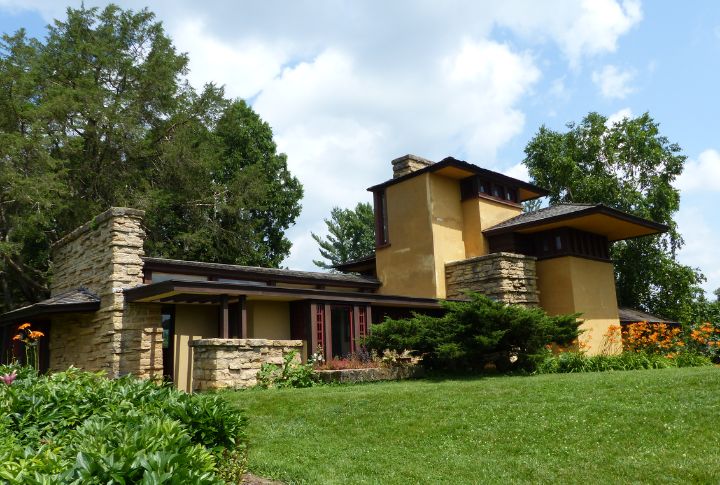
Not every piece of history makes the front page. Some of it lingers in hallway shadows, in staircases that shaped footsteps long gone. These homes weren’t built to be monuments, yet they’ve witnessed lives that changed everything. This article takes you through 15 historic U.S. houses where America’s past quietly lives on.
Monticello, Charlottesville, Virginia

Imagine a home where innovation meets classical design. Thomas Jefferson’s Monticello showcases his architectural prowess, which blends Palladian elements with unique features like a revolving bookstand and hidden dumbwaiters. This estate is beyond just a residence; it’s a reflection of Jefferson’s intellect and vision.
Biltmore Estate, Asheville, North Carolina

With construction spanning 1889 to 1895, the Biltmore Estate is America’s largest privately owned home. Designed by Richard Morris Hunt for George Washington Vanderbilt II, this French Renaissance chateau includes 250 rooms, including a banquet hall with a 70-foot ceiling. The surrounding 8,000-acre estate, landscaped by Frederick Law Olmsted, only adds to its grandeur.
Hearst Castle, San Simeon, California
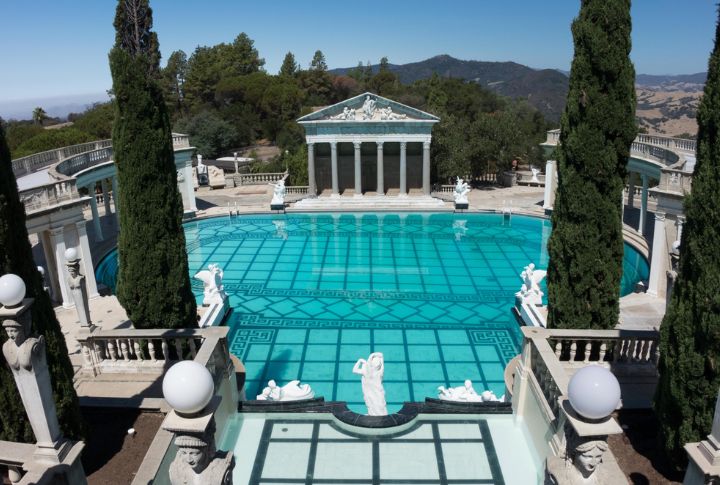
Designed by architect Julia Morgan for newspaper tycoon William Randolph Hearst, Hearst Castle is a testament to eclectic design. The estate features 165 rooms and expansive gardens, all adorned with art and antiques from around the world. Its hilltop setting provides expansive views of the California coastline.
Fallingwater, Mill Run, Pennsylvania

Frank Lloyd Wright’s Fallingwater is a masterclass in blending architecture with nature. Built over a waterfall in 1935, the home features cantilevered terraces and natural materials that reflect Wright’s philosophy of organic architecture. Its groundbreaking design still inspires architects and fascinates visitors to this day.
The Hermitage, Nashville, Tennessee
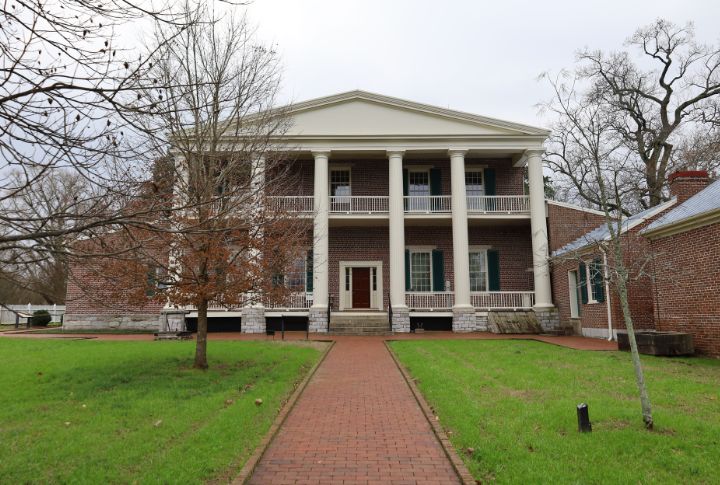
Ever stepped into a house and felt the atmosphere change? That’s The Hermitage. The echoes of Andrew Jackson’s legacy linger in its hallways—complex and unforgettable. While the preserved quarters spark curiosity, it’s the surrounding cabins and raw, unfiltered history that leave a lasting mark on visitors.
The Elms. Newport, Rhode Island
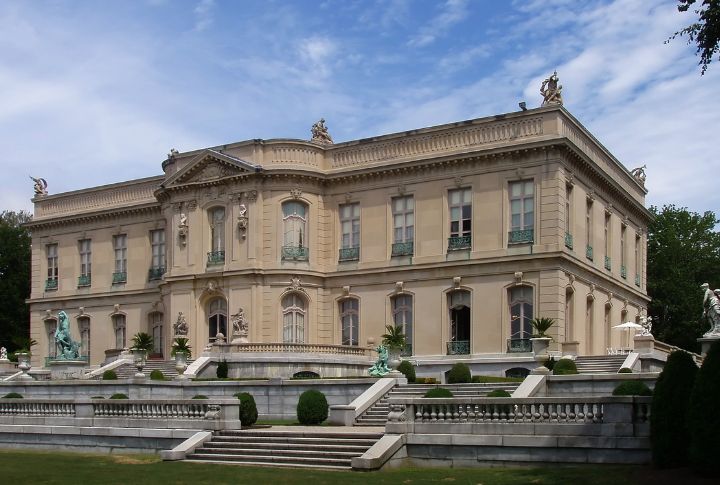
Built in 1901 for coal tycoon Edward Julius Berwind, The Elms is a striking example of Classical Revival architecture. Its lavish interiors and formal gardens showcase the grandeur of America’s Gilded Age. The mansion’s preservation offers a rare glimpse into the culture and opulence of the era.
Taliesin, Spring Green, Wisconsin

Taliesin served as Frank Lloyd Wright’s residence and studio, reflecting his evolving architectural style. The estate includes living quarters, workspaces, and agricultural buildings, all harmoniously integrated into the landscape. It’s a living laboratory of Wright’s design principles.
The Breakers, Newport, Rhode Island
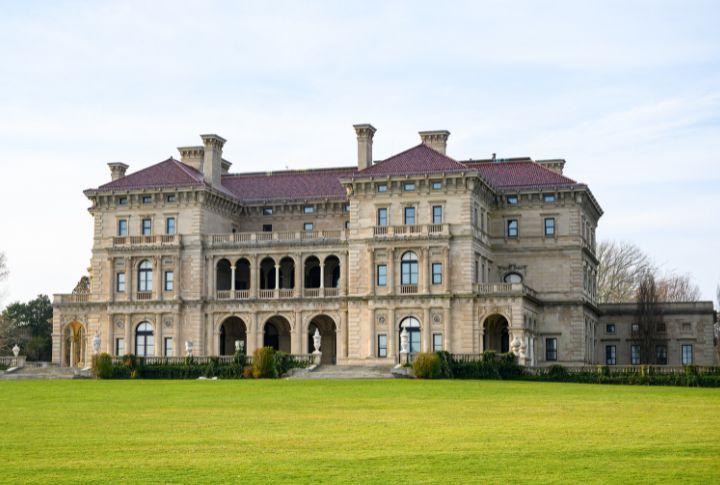
The Breakers was completed in 1895 for Cornelius Vanderbilt II and remains one of the most opulent homes of the Gilded Age. It contains 70 rooms filled with imported marble and fine craftsmanship. Its placement above the Atlantic delivers both prestige and stunning views.
Graceland, Memphis, Tennessee
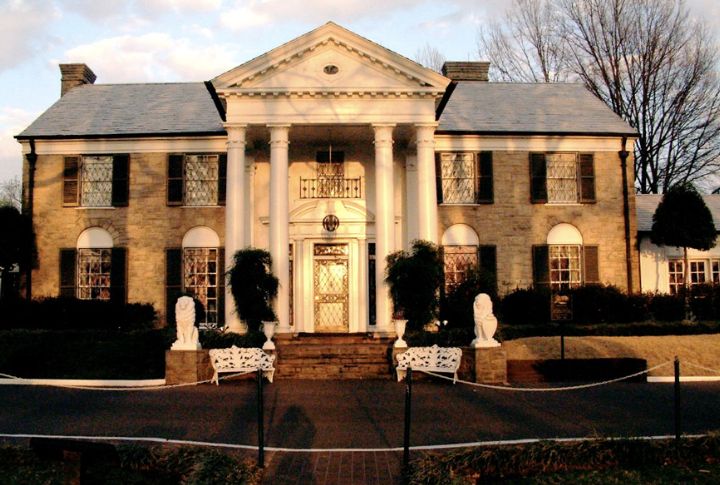
Graceland, spanning 13.8 acres in Memphis, presents a living case study in 20th-century celebrity culture. The layout and themed rooms reflect mid-century design trends merged with personal iconography. Its preserved state helps researchers examine fame’s domestic impact, especially through artifacts found in recreational areas.
Vizcaya Museum And Gardens, Miami, Florida
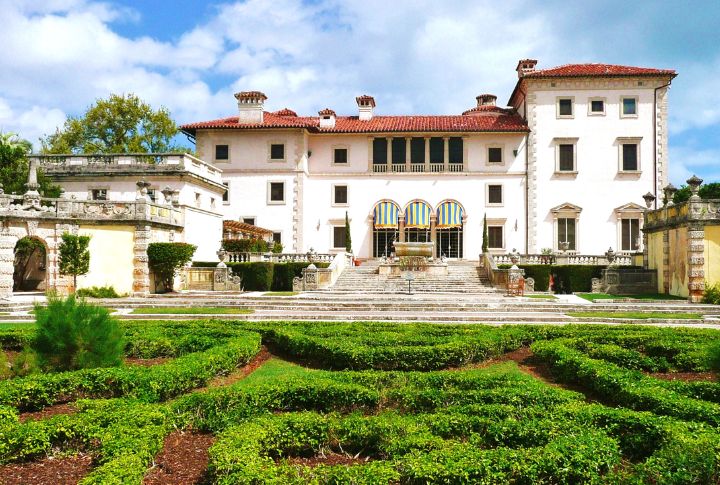
Vizcaya is what happens when a wealthy industrialist decides to build an Italian palace in Miami—with a tropical twist. From marine-themed limestone carvings to the extravagant orchid garden, it’s a place that feels like a mood—part museum, part mansion, and just eccentric enough to resemble a Bond villain’s Airbnb.
Drayton Hall, Charleston, South Carolina

As one of the oldest preserved plantation houses in America, Drayton Hall provides an unaltered view of colonial architecture. Built in 1738 in Palladian style, the house remains unrestored and maintains its historical authenticity for visitors to experience.
Oak Alley Plantation, Vacherie, Louisiana
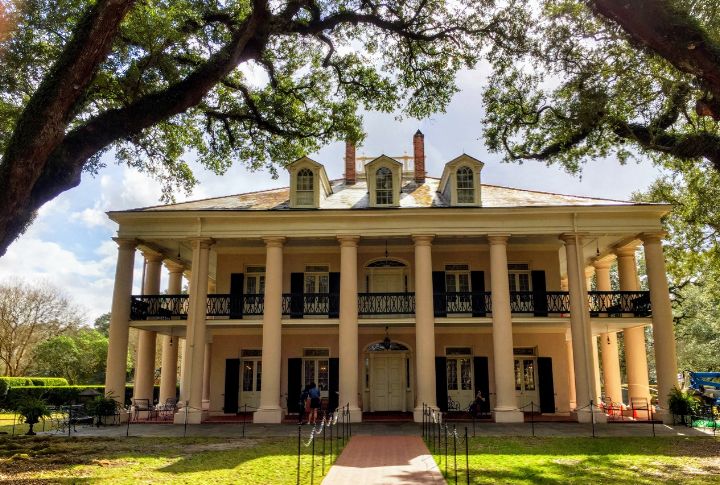
Oak Alley’s stunning canopy of 300-year-old oak trees leads to a Greek Revival mansion built in 1837. The exhibits located on the grounds examine the lives of enslaved people who worked and resided here and give valuable insights into antebellum society.
Mount Vernon, Mount Vernon, Virginia

Home to George Washington, Mount Vernon provides a glimpse into 18th-century plantation life. The estate features the main house, outbuildings, and beautifully maintained gardens. Visitors can also explore Washington’s tomb and a museum dedicated to his lasting legacy.
The Gamble House, Pasadena, California
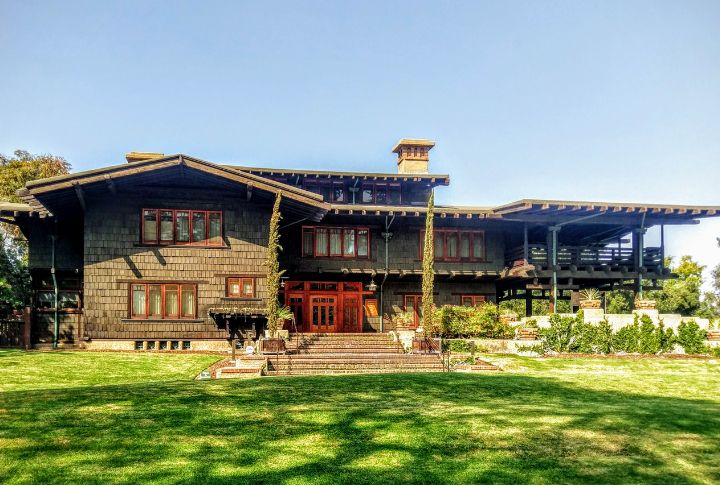
Designed by architects Charles and Henry Greene in 1908, The Gamble House stands as one of the finest examples of the American Arts & Crafts movement. Its distinctive furnishings, handcrafted woodwork, and stained glass beautifully showcase the harmony between design and craftsmanship.
Longfellow House-Washington’s Headquarters, Cambridge, Massachusetts
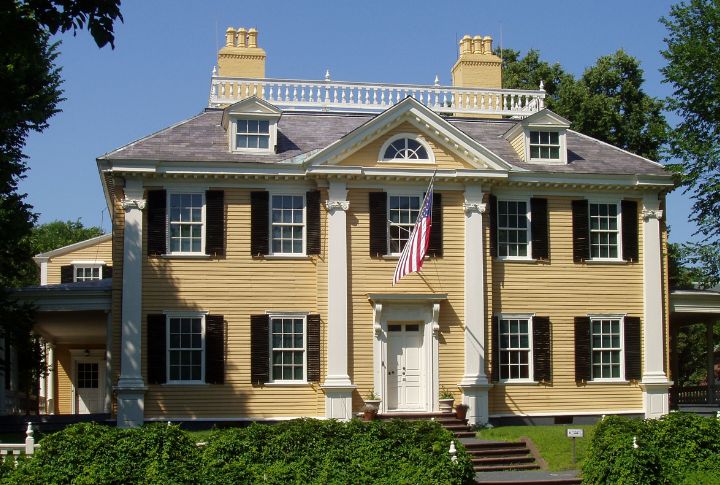
This Georgian mansion served as George Washington’s headquarters during the Siege of Boston before becoming the home of poet Henry Wadsworth Longfellow. The house offers a rare blend of military and literary history, preserving artifacts from both Washington’s time and Longfellow’s poetic legacy.


